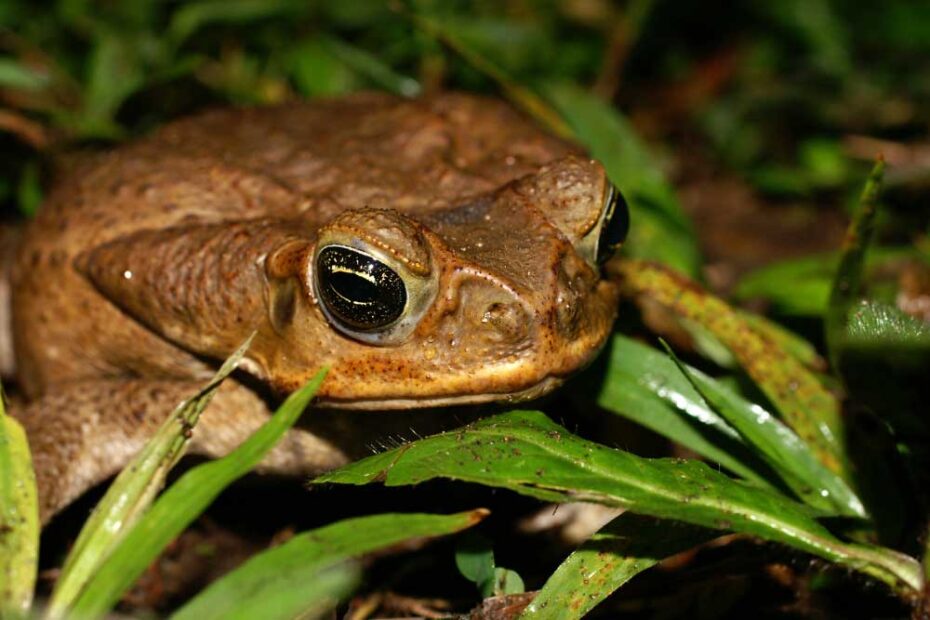In the warm expanse of South Florida, a silent intruder hides, posing a serious threat to cherished pets. Meet the cane toad, scientifically known as Bufo marinus, a seemingly harmless amphibian hiding a lethal secret. While their presence in the region may appear normal, the impact they have on unwary creatures, particularly pets, is far from benign.
Cane toads originated in Central and South America and were introduced to Florida to control pests in sugarcane crops. However, these efforts backfired spectacularly, resulting in the development of cane toads in areas such as South Florida. With no natural predators in their new environments, their populations exploded, intruding on residential areas and posing a serious danger to local ecosystems.
One of the most alarming elements of cane toads is the strong toxin secreted from glands on their backs. This toxin, known as bufotoxin, is used to defend against predators. Unfortunately, it frequently kill curious pets, especially dogs. When a pet comes across a cane toad and attempts to investigate or even play with it, they run the risk of being exposed to this fatal poison.
A pet’s interaction with a cane toad can have serious implications. The toxin is swiftly absorbed after consumption or simply mouthing the toad, causing symptoms such as drooling, vomiting, convulsions, and cardiac arrest. Without rapid assistance, these interactions can be lethal, leaving pet owners devastated by the unexpected death of their beloved friends.
Given the severity of the threat posed by cane toads, South Florida pet owners must exercise caution. Simple steps can go a long way toward protecting pets from these harmful intruders. Keeping pets on leashes during walks, especially in locations known to have cane toads, can help reduce the likelihood of interactions. Furthermore, periodically monitoring yards and outdoor spaces for cane toads and swiftly removing them can help limit the risk of pet exposure.
The hotter and wetter period between March and November often boosts the toad population in South Florida. Cane toads, on the other hand, can be seen all year, and breeding toads have been spotted as late as December. The longer breeding season exacerbates the risk of encounters between pets and cane toads, emphasizing the importance of continuous monitoring among pet owners.
Efforts to reduce the detrimental impact of cane toads should go beyond individual pet owners. Educational programs that raise awareness about the threats presented by these amphibians can empower communities to adopt preventative actions. Governmental agencies may develop a communal commitment to pet protection and environmental preservation by teaching residents about the dangers of cane toads and providing instructions on how to detect and safely manage them.
Pet owners may help protect their furry companions from the dangers posed by cane toads by remaining vigilant, educating themselves, and taking proactive actions. This will ensure that South Florida remains a safe sanctuary for both dogs and people.
